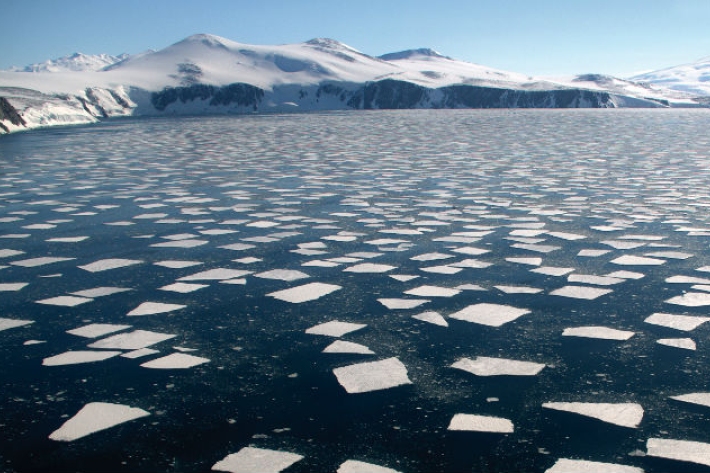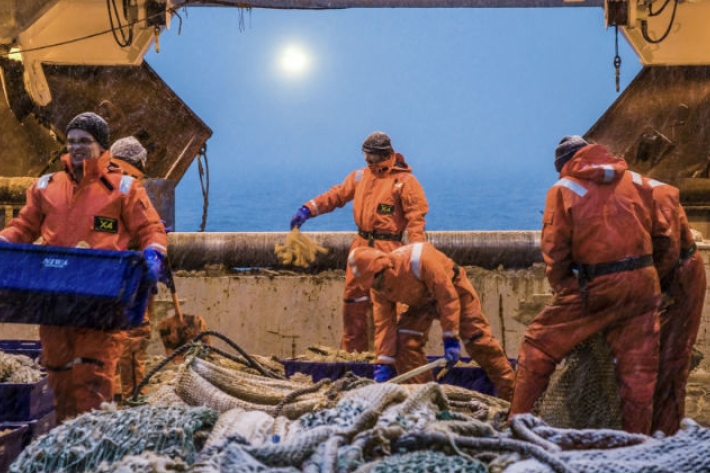-

Partners and funding
Read about our key partnerships and funding for this voyage. -

News about the Antarctic voyage
Access information about the voyage, media releases, key contacts and dates, images and videos. -
The science
Read about the science that will be undertaken during the voyage. -

Voyage overview
Read details about the aims of the voyage and find information about the scientists and crew on board. -

Measuring and analysing the Southern Ocean seas and atmosphere
Data collected continuously from this voyage will fill a critical knowledge gap, helping scientists to produce better global climate and oceanographic models to ultimately improve weather forecasting. -

Studying Antarctic silverfish spawning in Terra Nova Bay
This research will investigate whether Antarctic silverfish eggs are spawned elsewhere or whether there is a mass migration of silverfish to their coastal spawning sites each winter. -

Trawl surveying demersal fish species on the Ross Sea slope
Commercial toothfish fishing in the Ross Sea has the potential to affect some demersal (bottom-dwelling) fish species in the region through by-catch and ecosystem changes. -

Characterising blue whale foraging habitats in the northern Ross Sea
This study will complement groundbreaking work undertaken in 2013 to determine the distribution of blue whales in the area and measure the characteristics of their habitats. -

Factors influencing abundance and distribution of humpback whales
This voyage will undertake a range of surveys around the islands to understand the factors influencing abundance and distribution of the whales - including what they eat. -

Summer Series #5: A helping hand
News article20 January 2015Te Waihora is a special lake in need of some intensive care. Together, scientists, iwi, locals and environmentalists are pooling their knowledge and resources to make it better. -

NIWA's Hotspot Watch
Hotspot16 January 2015Weekly update to help media assess likelihood of extremely dry weather preceding a drought. Regions experiencing severely to extremely drier than normal soils conditions are deemed “hotspots”. -

Critter of the Week: the multi-coloured seastar, Asterodiscides truncatus
This week’s critter is a funky, multi-coloured seastar, Asterodiscides truncatus, commonly known as the firebrick seastar.
